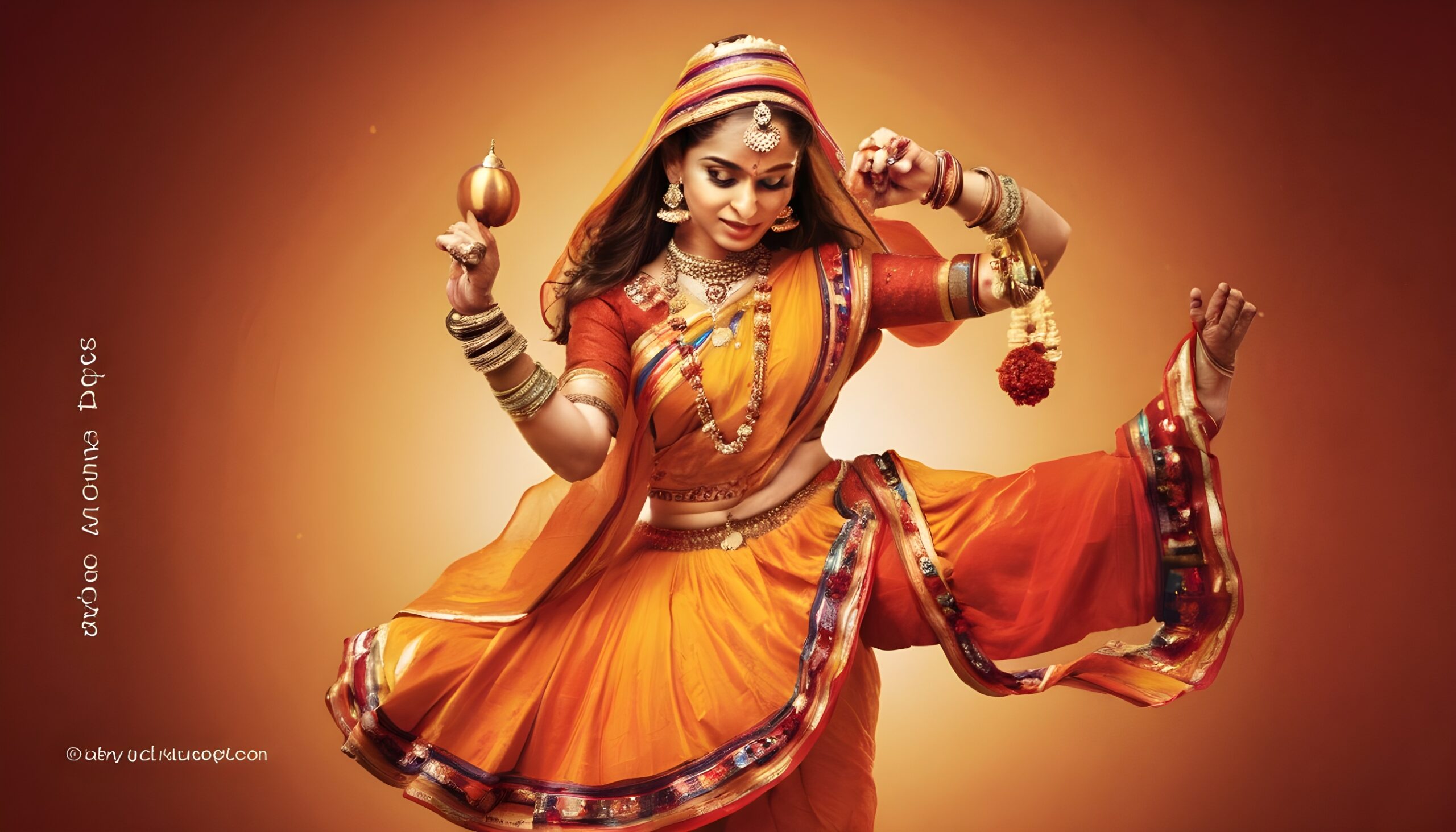
Janmashtami, the celebration of Lord Krishna’s birth, is one of the most widely observed festivals in India. Among the many rituals and festivities associated with Janmashtami, the Dahi Handi tradition holds a special place, particularly in Maharashtra. This article delves into the origins, cultural significance, and contemporary celebration of Dahi Handi as a key aspect of Janmashtami.
Origins of Dahi Handi
The tradition of Dahi Handi stems from the playful and mischievous childhood of Lord Krishna, who is affectionately known as “Makhan Chor” (butter thief). According to Hindu mythology, young Krishna was notorious for stealing butter and curd from the homes in his village of Vrindavan. To protect their dairy products from Krishna and his friends, the Gopis (village women) would hang pots filled with these items high up from the ground. However, Krishna, with his ingenuity, would form human pyramids with his friends to reach and break these pots, relishing the butter within.
Dahi Handi symbolizes these childhood antics of Krishna and is a joyful reenactment of his playful nature. The pot, or “handi,” filled with curd, butter, and sometimes money, is hung at a challenging height, and groups of young men form pyramids to break it, mimicking Krishna’s efforts. The successful breaking of the handi is met with much celebration, as it is seen as a tribute to Krishna’s love for butter and his cleverness in obtaining it.
Cultural Significance
The Dahi Handi celebration is not just about the reenactment of Krishna’s butter thefts; it also embodies the spirit of teamwork, unity, and physical endurance. The formation of human pyramids requires precise coordination, strength, and a collective effort, which fosters a sense of community among the participants. This reflects the teachings of Krishna, who emphasized unity, cooperation, and the importance of working together to achieve common goals.
In Maharashtra, particularly in Mumbai, Dahi Handi has evolved into a major public event, drawing large crowds and enthusiastic participation. The celebration has taken on a competitive spirit, with different “Govinda” teams (named after another moniker for Krishna) vying to break the handi and win prizes. These prizes can range from monetary rewards to trophies, adding an element of sport to the ritual.
The tradition also holds spiritual significance. For many devotees, the act of breaking the handi is symbolic of breaking through the ego and attaining the bliss of divine love, much like Krishna did with his playful antics. The curd in the pot represents the sweetness of divine love and devotion, and the effort to reach it symbolizes the spiritual journey of overcoming obstacles and temptations to attain a higher state of consciousness.
The Modern Celebration of Dahi Handi
In contemporary times, Dahi Handi has grown from a simple religious ritual into a grand spectacle, with elaborate preparations and significant public participation. In cities like Mumbai, the event has become synonymous with Janmashtami celebrations. Govinda teams, often comprising young men from local communities, practice for weeks to perfect their pyramid formations.
The festivities are marked by the chanting of slogans like “Govinda Ala Re!” (Govinda has come!) as the teams attempt to break the handi. The atmosphere is charged with excitement and anticipation, with thousands of spectators cheering on their favorite teams. The handi itself is often adorned with flowers and colorful decorations, adding to the festive spirit.
Dahi Handi events have also seen the involvement of local businesses and celebrities, who sponsor prizes and add a layer of glamour to the proceedings. This commercialization has brought both positive and negative aspects to the tradition. On one hand, it has increased participation and public interest, but on the other, it has raised concerns about safety, as the height of the handi and the complexity of the pyramids have increased over the years, sometimes leading to accidents.
To address these concerns, there have been efforts to enforce safety measures, such as limiting the height of the handi and ensuring medical facilities are available at the event sites. These measures are crucial in preserving the spirit of the tradition while ensuring the well-being of the participants.







